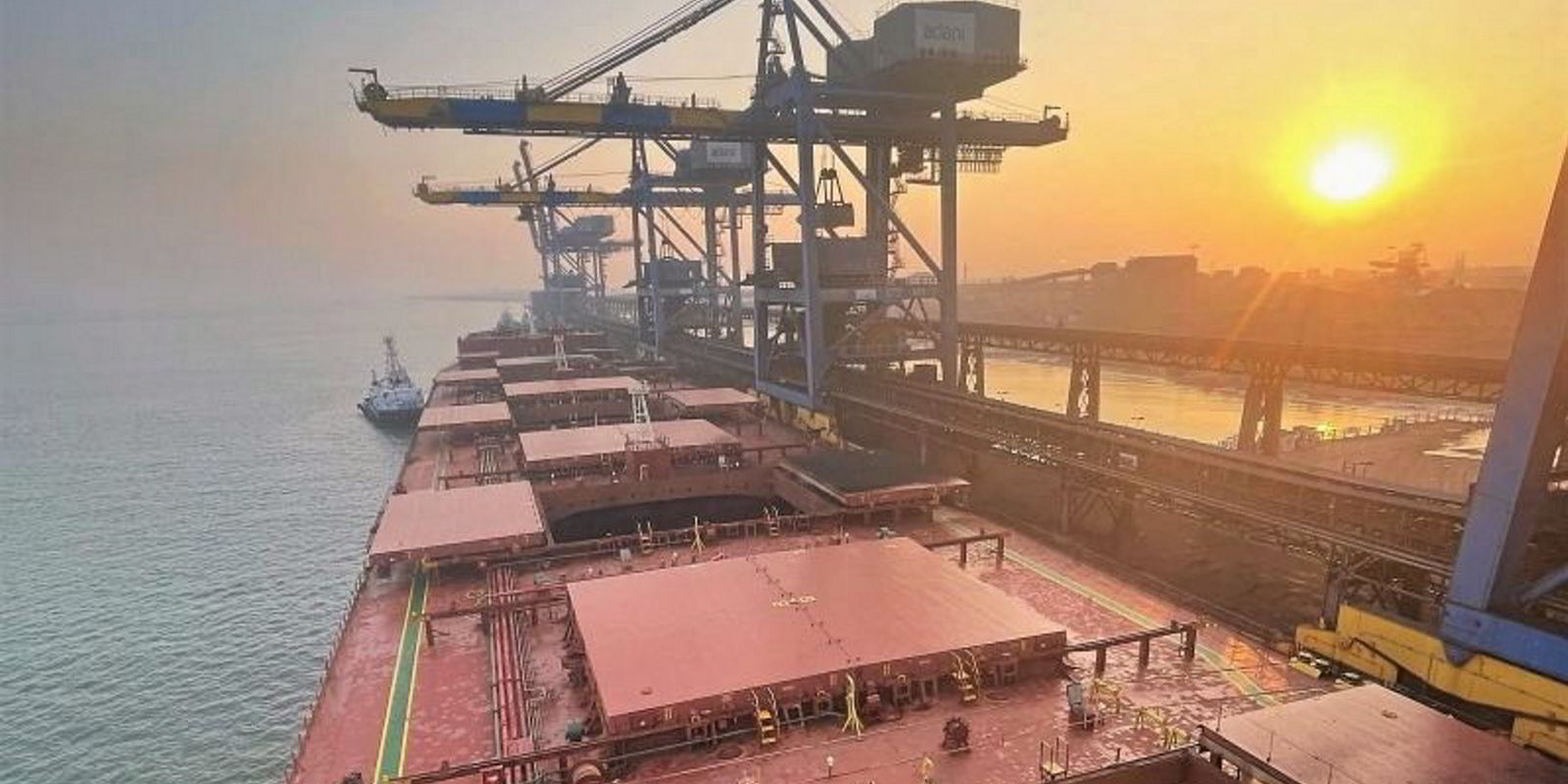Shipping analysts are having to draw on a wider range of data to make sense of increasingly complex global markets, according to Clarksons Research.
Trade volumes and fleet capacity remain obvious drivers to examine to understand markets, researcher Trevor Crowe said, but a bigger range of factors are impacting trends today, he argues.
Crowe took a look back at the shipbrokers’ data over the past few decades to provide examples.
Since 1990, there have been eight years in which the ClarkSea index of major freight rates has averaged more than $20,000 per day.
Between 2004 and 2008, the average was $29,783 until the financial crisis hit.
More recently, from 2021 to 2023, the figure was driven by trends that followed Covid and impacts from the conflict in Ukraine.
In the first case, the impact of “straight” supply-demand dynamics was fairly clear, Crowe said.
From 1990 to 2000, cargo volumes rose from 6.68 tonnes per dwt of fleet capacity, to 8 tonnes.
Supply had tightened, and when the Chinese economy entered a phase of rapid expansion in the 2000s, with raw material imports accelerating rapidly and manufactures exports ramping up, slack was limited and the shipping market boom of the 2000s followed, the analyst explained.
Harder to explain
However, recent strong markets have been less simple to explain, Crowe said.
By 2023, seaborne trade volumes, despite a healthy rebound from Covid, stood just 2.5% up on 2019 in tonnes. World fleet capacity had grown by 13%.
In 2023, tonnes of trade per dwt stood at 5.34, down 10% on 2019, and 30% versus 2008.
Other factors were clearly influencing rates.
Crowe cited slower speeds, reducing ships’ transportation capacity per year.
Average operating speeds are well down on the past: tankers and bulkers are 20% slower versus 2008, and containers more than 25%.
Meanwhile, shifting trade patterns, like that seen by tankers following the Ukraine invasion, have increased the average distance of seaborne trade.
Thirdly, there have been notable inefficiencies absorbing capacity and driving specific markets, the researcher said.
He gave the example of port congestion stemming from Covid-related logistical disruptions tying up extra 6% of capacity in the container sector at points in 2021 and 2023.
Red Sea rerouting is having an effect on ship supply currently, Crowe added.
“This increased complexity has several implications. There are drivers present which can support stronger markets even if straight supply-demand dynamics look less promising,” the analyst said.
“Meanwhile, for shipping market analysts looking to understand today’s trends, a bigger toolkit of data has swiftly become an essential,” he added.







